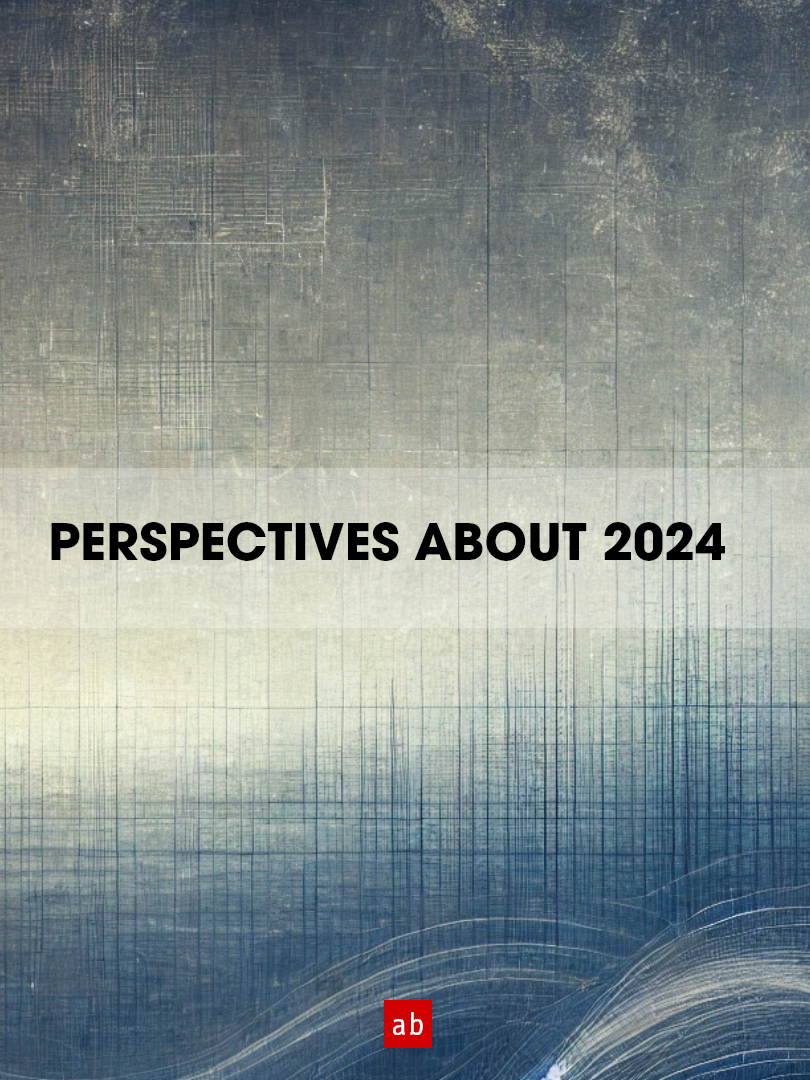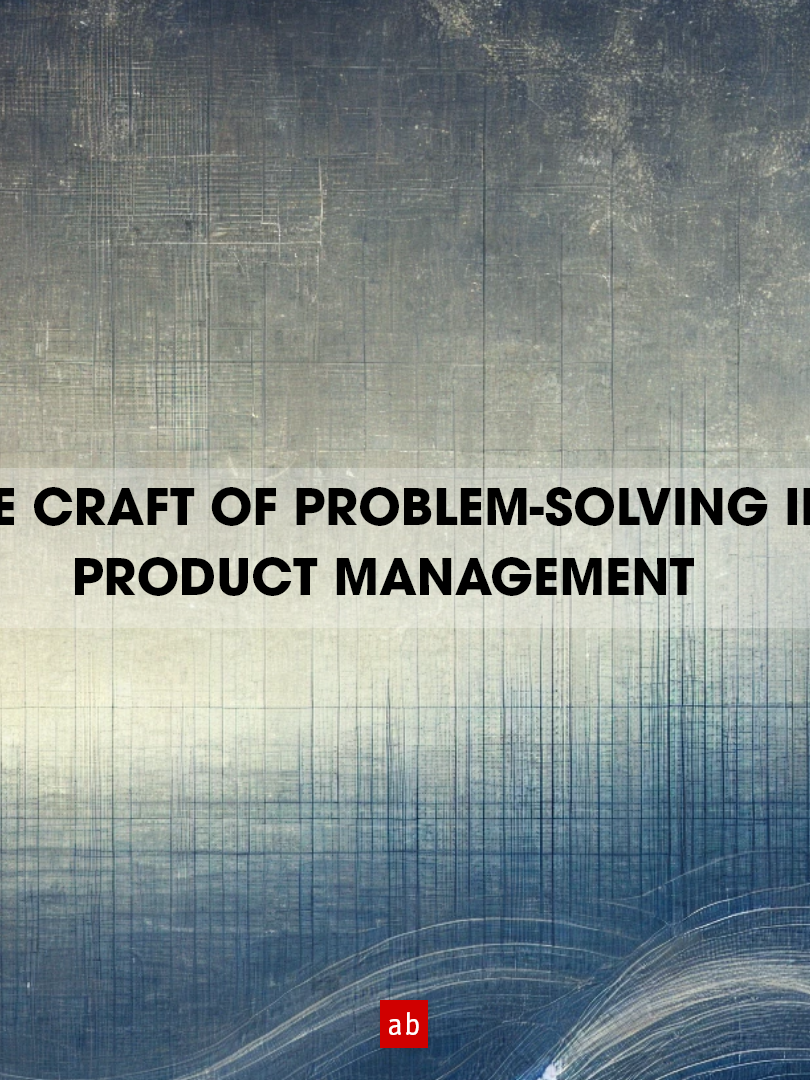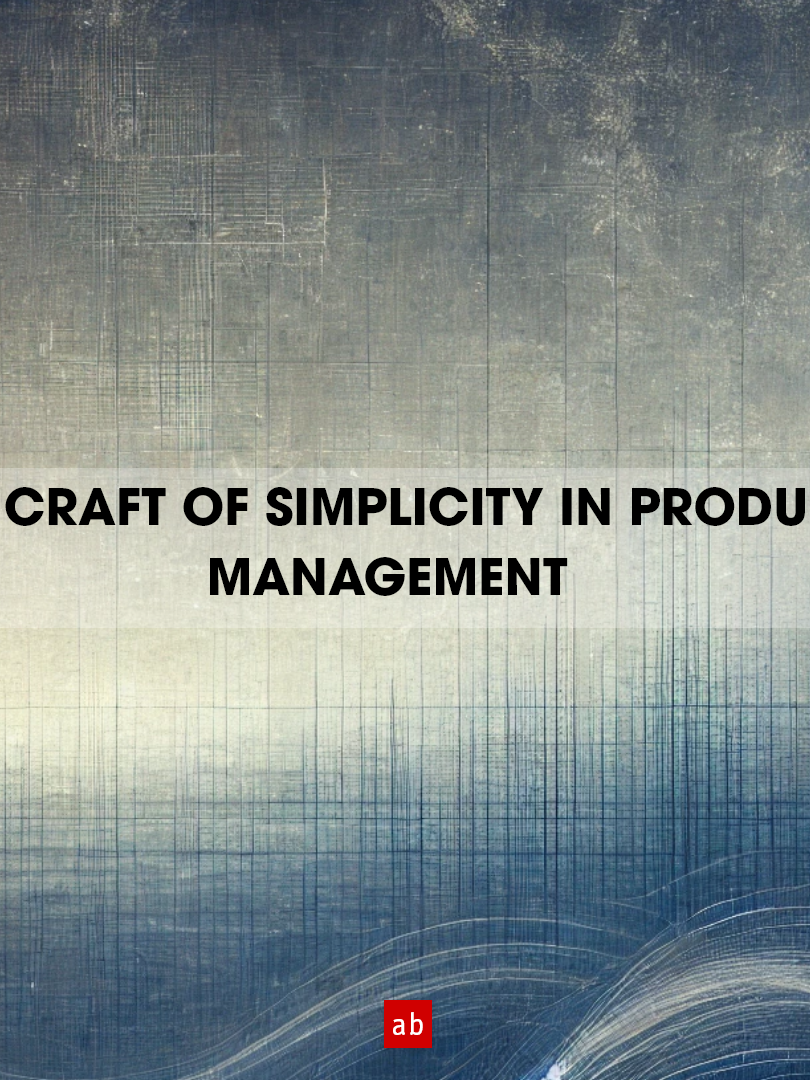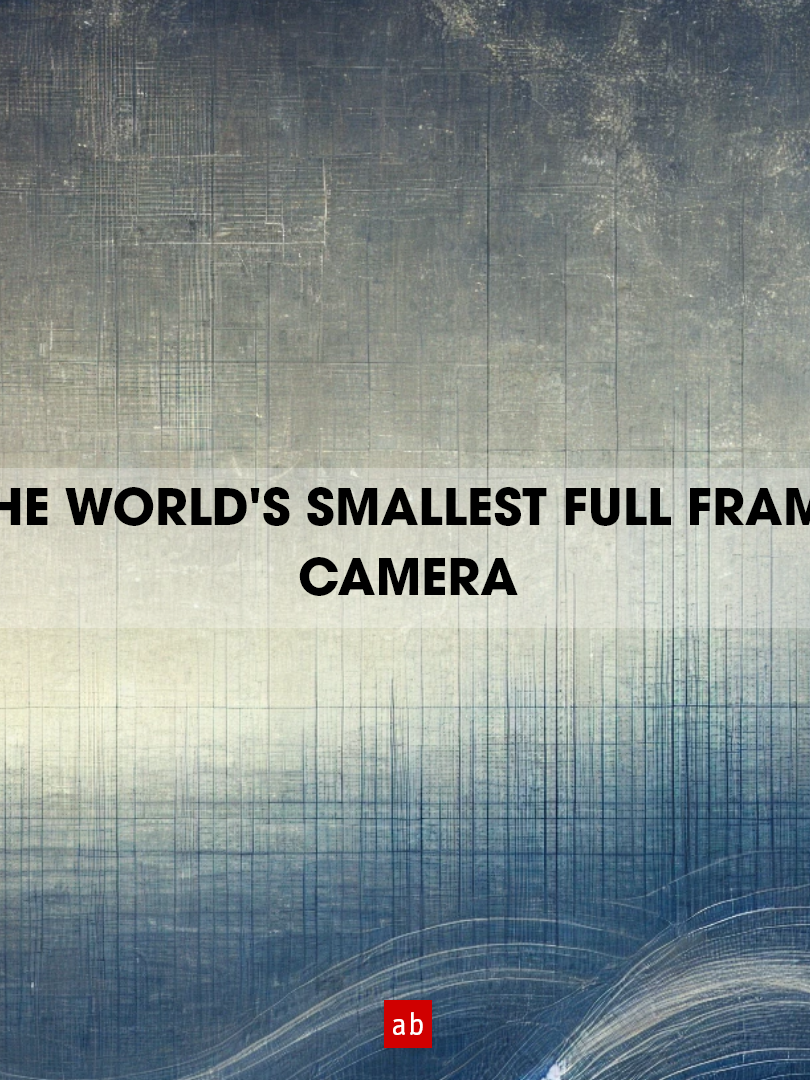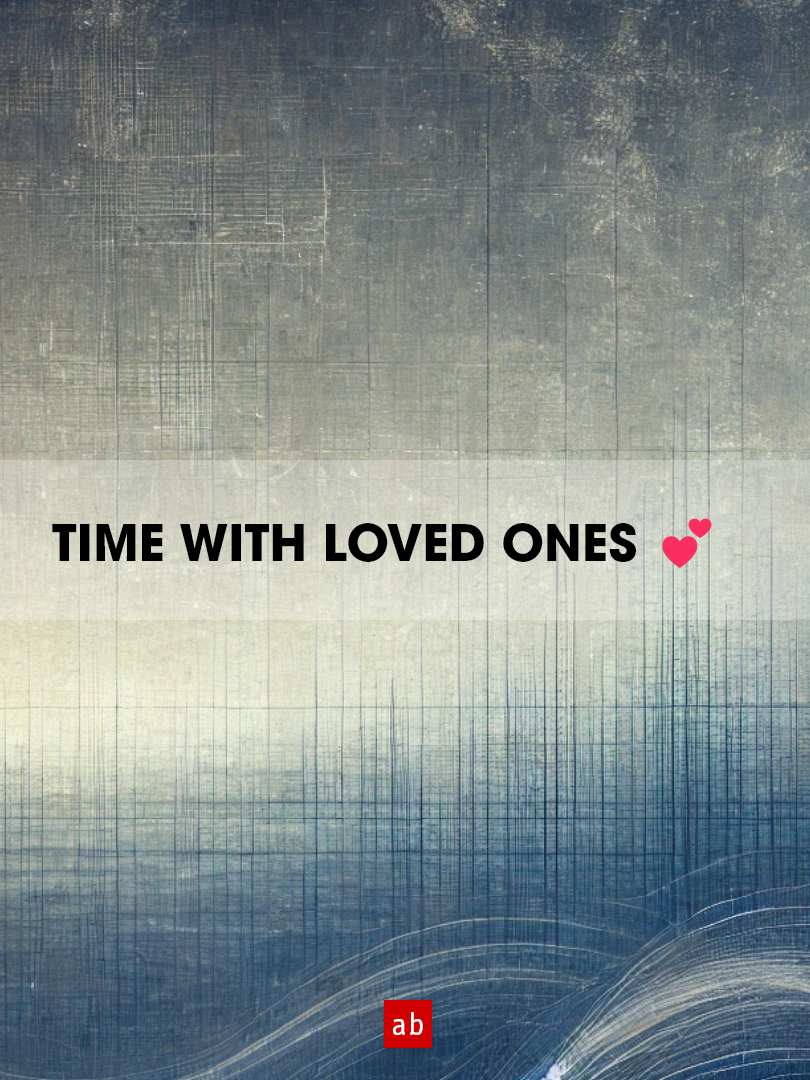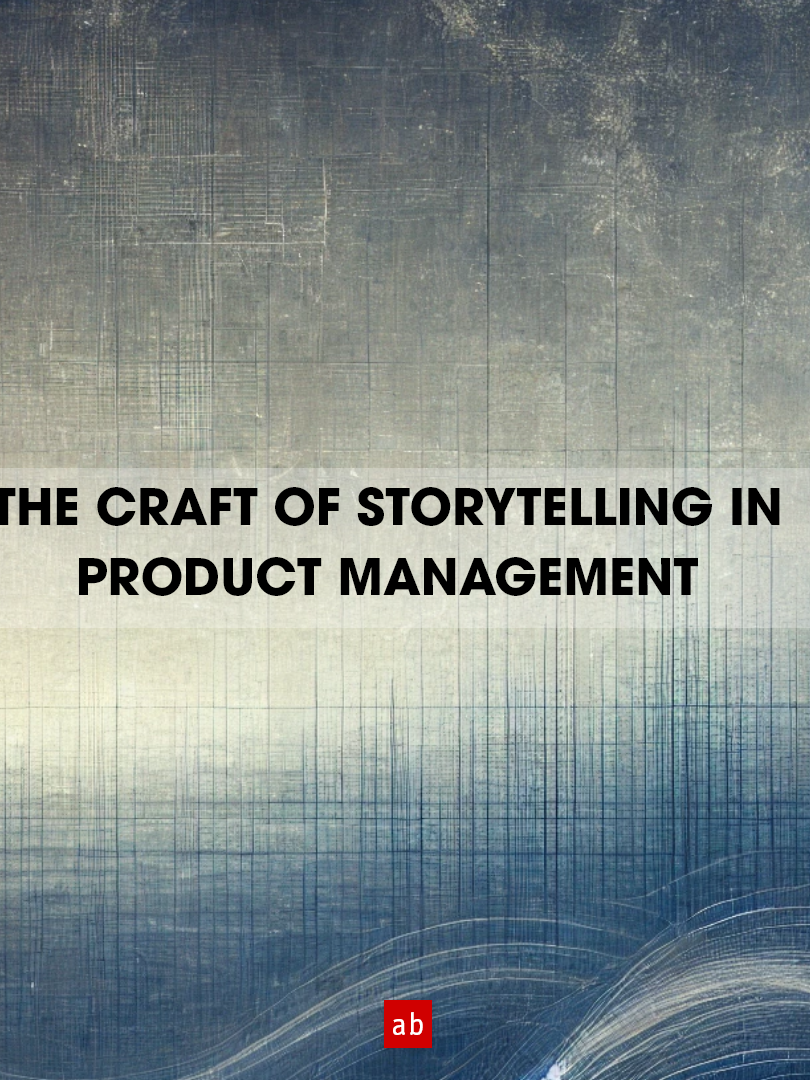The global economy weakened due to fiscal and monetary tightening, inflation, COVID restrictions, and the war. However, technology has been a key factor in disrupting and innovating new sectors in an unprecedented way. As we embark on a new year, these areas are worth noting.
The Internet transformed our world profoundly, and every industry is getting digitized! For any local shop, digitization is a task too large to tackle on its own and too important. It is equally hard to catch up with the skyrocketing tech innovations! Online marketplaces will become increasingly important for small businesses. India has a trillion-dollar retail economy. Even if 10-20% goes online, we're talking about a potential shift of between 100 and 200 billion dollars. Social discovery through video commerce will become more prominent in 2023. Especially the role of influencers in marketing and advertising will continue to grow. I'm particularly eager to see the results of India's ONDC initiatives and how partners play a key role in onboarding Kirana stores to ONDC.
Digital ads-based revenue has fueled the internet for the last 20 years, worth hundreds of billions of dollars from companies like Google and Facebook. In India, digital ads revenue is much smaller, at around 2-3 billion USD out of a total of 10 billion USD in ads revenue. India is likely to be more transaction-led in the future. Aadhar reached 1.3 billion people, 7.9 billion authentications and 1.3 billion eKYC . UPI recorded 7.82 billion transactions worth ₹125.94 trillion rupees (approximately $1.5 trillion). FASTag did daily of 100 million transactions with ₹100 crores rupees (approximately $1.2 million) daily and ₹40,000 crores (approximately $5 billion) annual toll collections helping build better roads.
Digital ads-based revenue has fueled the internet for the last 20 years, worth hundreds of billions of dollars from companies like Google and Facebook. In India, digital ads revenue is much smaller, at around 2-3 billion USD out of a total of 10 billion USD in ads revenue. India is likely to be more transaction-led in the future. Aadhar reached 1.3 billion people, 7.9 billion authentications and 1.3 billion eKYC . UPI recorded 7.82 billion transactions worth ₹125.94 trillion rupees (approximately $1.5 trillion). FASTag did daily of 100 million transactions with ₹100 crores rupees (approximately $1.2 million) daily and ₹40,000 crores (approximately $5 billion) annual toll collections helping build better roads.
Web3 includes platforms and applications that enable a decentralized internet with open standards and protocols while protecting digital ownership rights and catalyzing new business models. The world is becoming more democratic and decentralized. Digital first habits, COVID, and remote work have ushered in an online-first era. The crypto market is a leading example of decentralized initiatives.
While Gold is expected to regain value, it has drawbacks such as being produced in increasing quantities, difficult to store and transport, and historically risky to store in banks. Digital solutions like Bitcoin are creating Digital Gold on an open protocol network. In India, Central Bank Digital Currency (CBDC-R or e₹, a digital currency announced by Reserve Bank of India) has picked up pace after the launch on 1st December 2022. 16,000 retail users of e₹ conducted transactions worth approximately ₹64 lakh (approximately $6 million).
Many interactions now occur online, bringing traditional community get together spots such as family gatherings, clubs, classes, etc. online. Many of the users care about how our skin looks and how we appear to the rest of the community we deeply care about on the Internet. Fortnite (an online video game) has V-Bucks, a currency used to purchase digital goods such as skins, emotes, etc. This currency corresponds social tokens and virtual goods to Non-fungible Tokens (NFT) in the Web3 world. Now, with platforms such as Twitter, Facebook, Snapchat, TikTok, YouTube, Twitch, Reddit, Instagram, WhatsApp, etc., we can take these ideas from the gaming world and propagate them across the internet, beyond just games.
Cloud computing has created new business models, spurred the growth of the digital economy, and created new jobs in the technology sector. It has also enabled people to work remotely, such as work-from-home and freelance opportunities. The likelihood of security breaches will increase for organizations that do not manage remote access.
Cloud providers excel at two key scenarios: starting simple applications with low traffic during initial adoption phases, and dealing with highly irregular load peaks, such as when 100,000 users try the service instead of the forecasted 10,000. A notable example is the recent OpenAI’s ChatGPT crossing 1 million users after launch.
Cloud will continue integrating with more distributed edge computing workloads across remote data centers and edge nodes to improve data sovereignty, autonomy, resource productivity, latency, and security.
Cloud will offer exponential value in computational performance, transforming networks, solving complex problems, and making systems more secure with the advent of Quantum Computing Technologies.
Mobile phone: India currently has more than 600 million smartphone users. The government's support for the BharatNet project to bring fiber-optic connections to rural and remote areas, as well as the proposed ₹75,000 crores (approximately $10 billion) incentive package to expand semiconductor production in India, are sure to drive up smartphone sales in India.
5G/6G cellular, wireless low-power networks, low-Earth-orbit satellites, and other technologies support a range of digital solutions that can drive growth and productivity across industries. Indias’ overall internet user base grew 4.3% on-year in CY2021 to 829.3 million amid rising prices of entry-level smartphones that slowed down 2G-to-4G conversion. 5G business services has a ₹1.4 trillion (approximately $17 billion) revenue opportunity by 2030 for telcos in India.
By FY26, it is anticipated that the global mobile phone market would earn ₹ 2.4 trillion (approximately $30 billion) in revenue, growing at a 14.5 per cent compound annual growth rate (CAGR), while the Indian mobile phone market is anticipated to increase in size by 9.7 per cent CAGR to reach 370 million units by FY26.
Artificial Intelligence (AI) is a game changer in areas where humans have a lot of historic knowledge. Machine Learning (ML) can use this knowledge to draw insights across large datasets, helping humans make high-value, highly reliable AI-assisted decisions quickly in areas where humans already had a good understanding. This allows humans to focus more on solving new problems. Reliable-AI is an epic evolution accelerator.
Generative AI refers to systems that can generate content such as text, images, audio, or video based on a set of inputs. For example, using Generative AI startups can save time in creating customized ads, social media posts, generate reports, create music, identify bottlenecks etc. Examples include DALLE, Whisper, ChatGPT, Midjourney, etc.
The transportation industry continues to improve with traditional automation but is being disrupted by innovations such as autonomous driving. Autonomous driving offers real-time, high-stakes AI, which will improve the efficiency and sustainability of land and air transportation. Many learnings from AI for mobility can be leveraged in other areas, such as home automation.
Smart humans and emerging global agencies of harmonious living:
We have seen the “Great Resignation”, and massive layoffs across various industries. The way we learn skills and work is changing. With innovative technology like Brain-Computer Interfaces (BCI) and Artificial Intelligence (AI), we can improve skill training. This will help create "smart humans" who can constantly learn and adapt throughout their lives.
Although we have mostly had a peaceful era, military power is still used in parts of the world. Likewise, nationalists feel threatened by immigration, possibly because their valuable resources are being shared with unknown immigrants. This threat is exacerbated by various fascist perspectives, which further divides humanity. We must live together harmoniously! We need tools that will help us achieve this goal. However, humans at a population scale currently lack these tools. It will be a long journey to reach this goal, but I am hopeful that technology will play a major role in providing the necessary tools. I am also curious to see how we will navigate this journey towards a more harmonious society.
COVID has brought to light the interconnectedness of nations and the shared nature of the human genome and the need for swift, coordinated action to find root cause and solutions that can be implemented at population scale across the world. The World Health Organization (WHO) played a crucial role in coordinating international efforts to combat the virus. With the advent of technology, we will see such global agencies getting more effective and swifter at population scale problem solving.
To extend human lifespan, we will continue to see more breakthroughs in gene-therapy, gene-editing, genome sequencing, cancer immunotherapy, drugs, precision drug delivery etc. These breakthroughs will gradually become more widely accessible and affordable for everyone.
Smart humans consume only what is of utmost importance due to the clear climate and weather impacts on the planet. Clean energy solutions aim to drive net-zero greenhouse gas emissions across the energy value chain. Sustainable consumption involves transforming industrial and individual consumption through technology to address environmental risks, including climate change. This is a long journey and I'm curious to see how it turns out. Effective global agencies using technology with a strong focus on recycling, reducing, reusing, and renewable energy will be essential.
Disclaimer: The views and opinions expressed in this article are solely those of the author and do not reflect the views or opinions of any organization, employer, committee, or group with which the author may be affiliated. The author assumes no responsibility or liability for the content of this article. The information provided in this article is provided "as is", without any guarantees, or warranties of any kind, express or implied.
